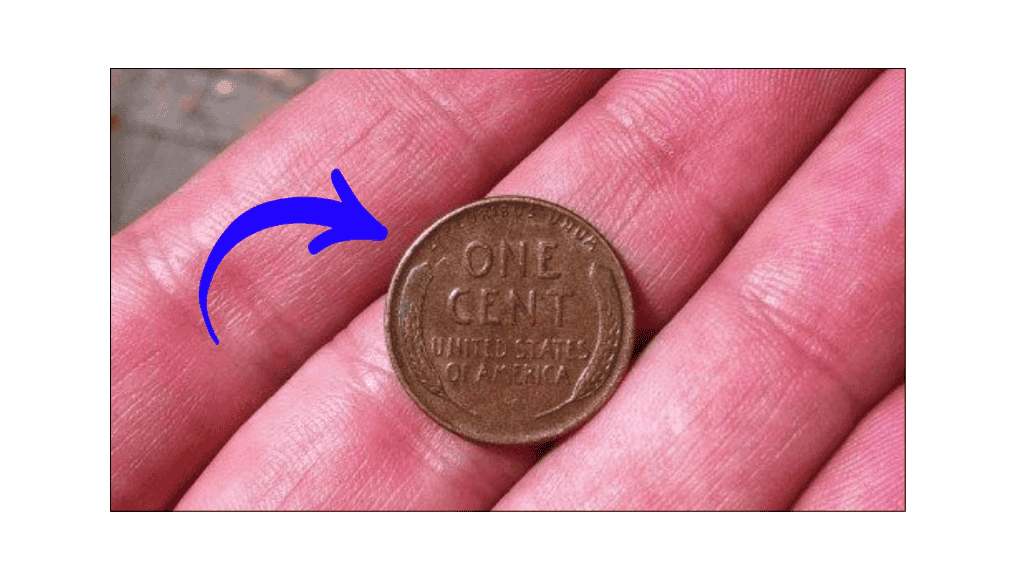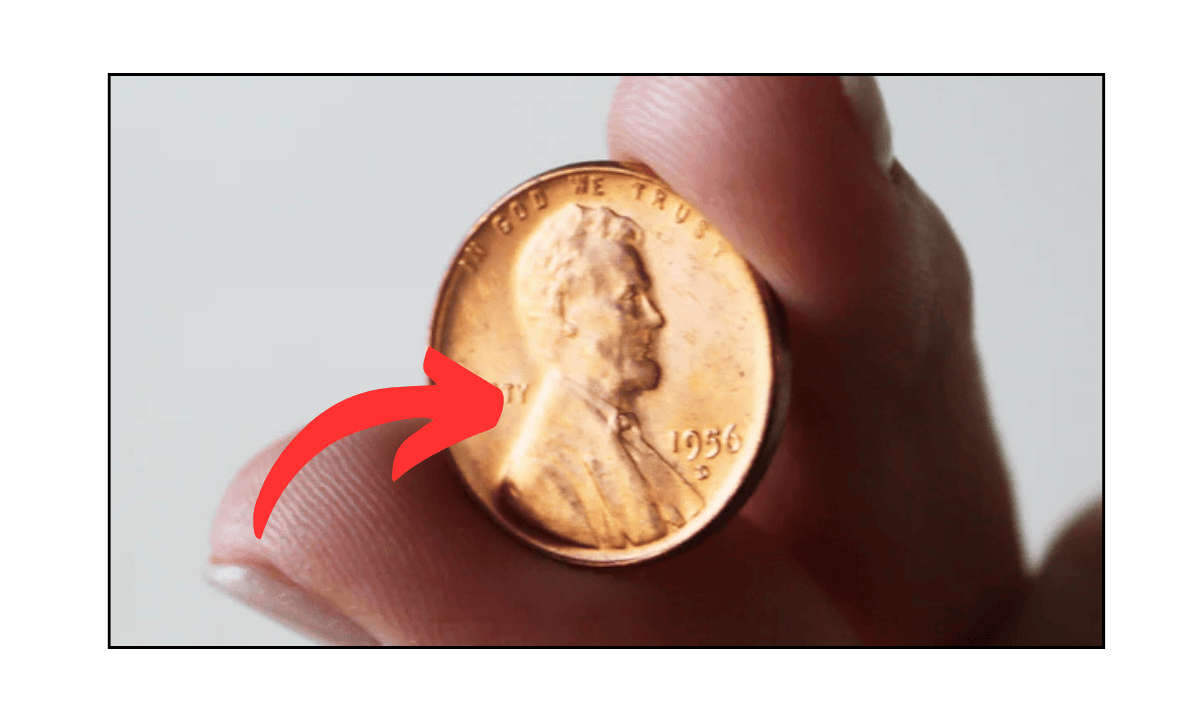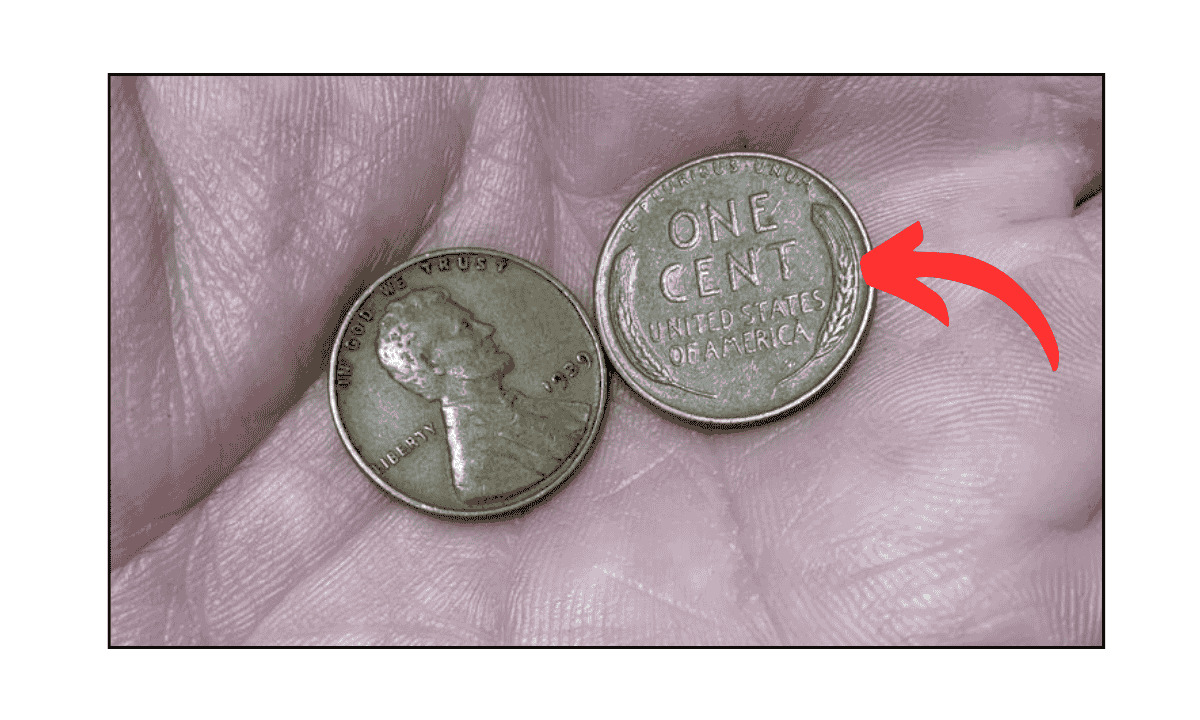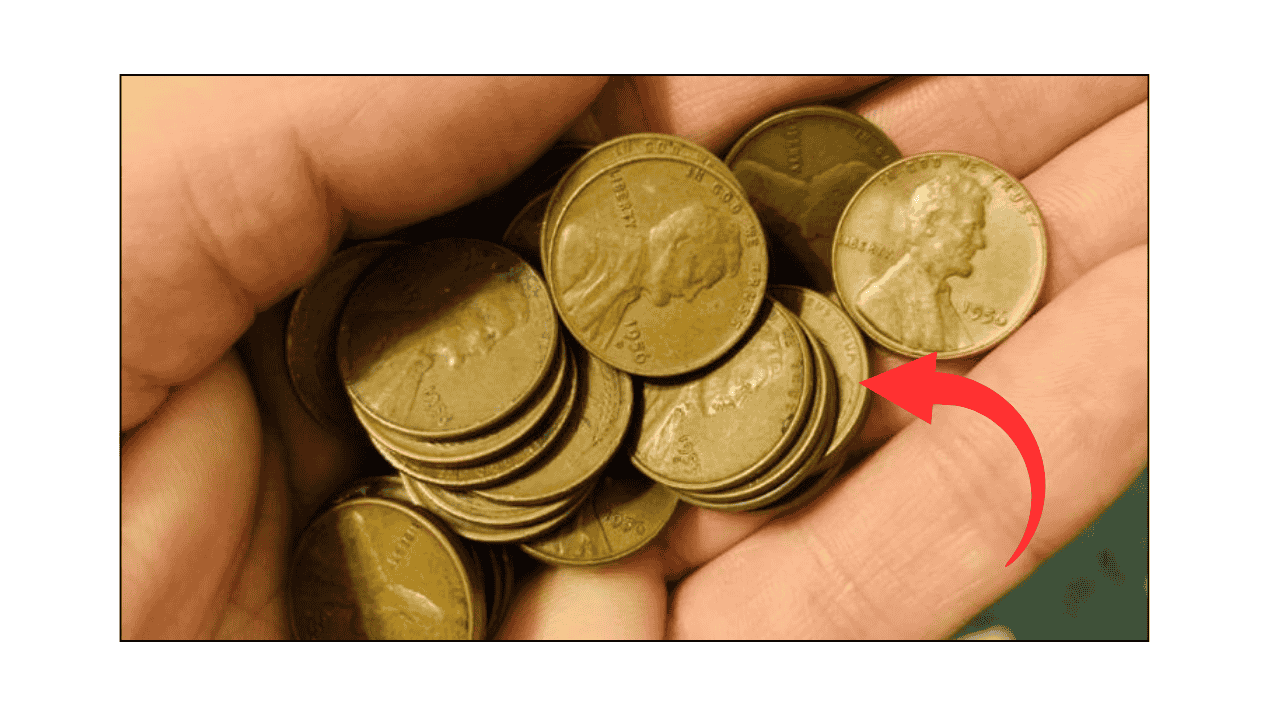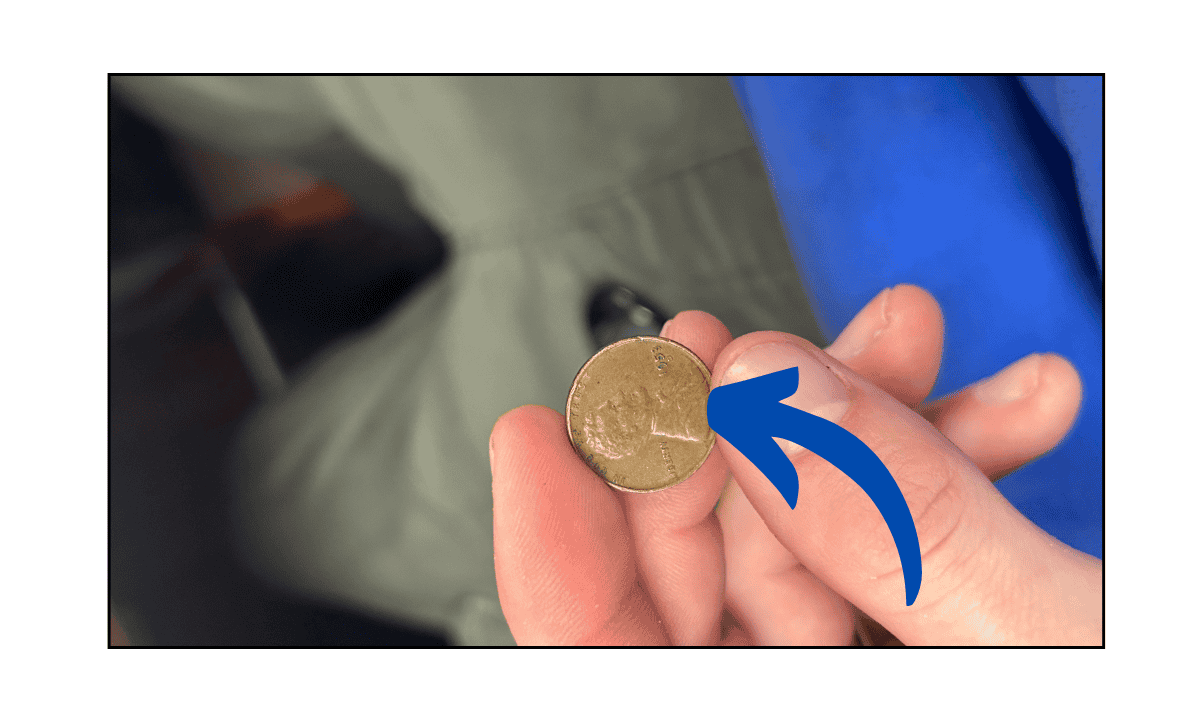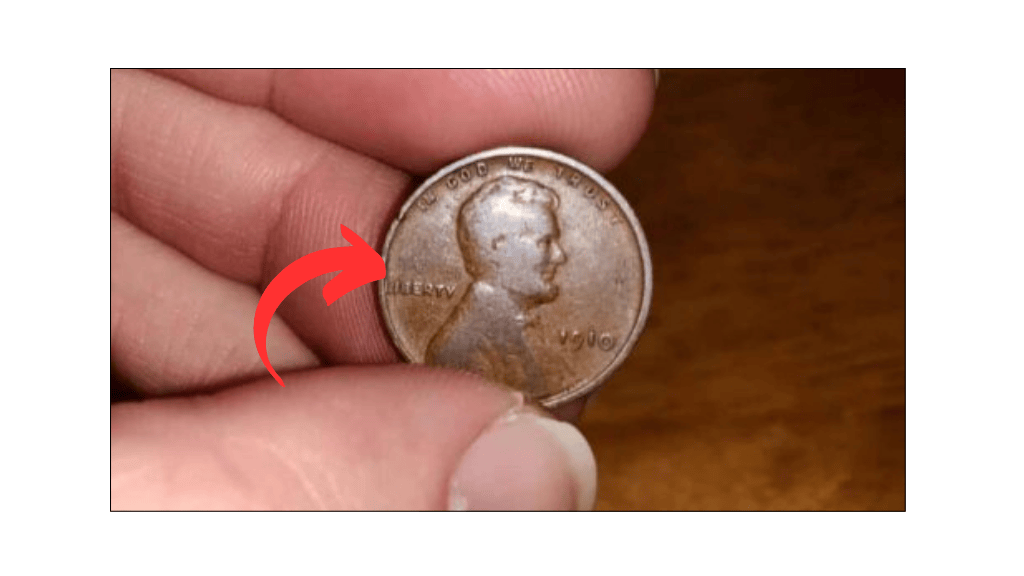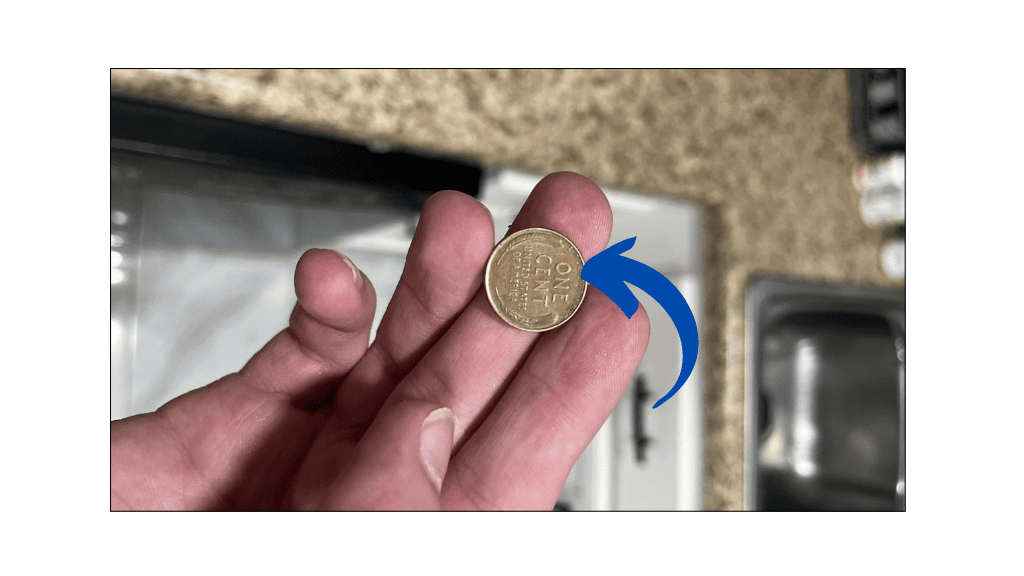The Lincoln Wheat penny, a coin that many of us are familiar with, has a rich history that dates back to 1909. Over time, these coins have become highly sought after by collectors, with some rare versions of the penny even being worth hundreds of thousands of dollars. One of these rare coins, valued at $400,000, is still in circulation today, making it an exciting find for anyone lucky enough to come across it.
What is the Lincoln Wheat Penny?
The Lincoln Wheat penny is a one-cent coin that was minted in the United States from 1909 to 1958. The coin features a portrait of President Abraham Lincoln on the obverse, designed by Victor David Brenner. On the reverse side, the coin displays two stalks of wheat, which is why it is referred to as the “Wheat penny.” This design was in circulation for nearly five decades, making it one of the most recognizable coins in American history.
Why is the Lincoln Wheat Penny So Valuable?
While most of the Lincoln Wheat pennies are worth only a few cents above their face value today, there are some rare versions that have been known to fetch high prices at auctions. These pennies can be valuable for a variety of reasons, including errors in the minting process, rare mint marks, or specific years when the coins were produced in low numbers.
One such penny that has recently grabbed attention is a rare 1943 copper Lincoln Wheat penny. This particular penny was mistakenly struck on a copper planchet instead of the usual steel one during World War II. Most 1943 pennies were made from steel to conserve copper for the war effort, making the copper version an extremely rare find. Today, a single 1943 copper Lincoln Wheat penny is valued at around $400,000, depending on its condition.
The 1943 Copper Penny: A Rare Treasure
The 1943 copper Lincoln Wheat penny is one of the most famous and valuable errors in American coinage history. In 1943, the U.S. Mint switched from using copper to steel for the production of pennies due to the shortage of copper during World War II. However, a small number of copper planchets—essentially blank pieces of metal—were accidentally left in the machines that produced the pennies. These copper planchets were used to strike a small number of 1943 pennies, making them incredibly rare and valuable today.
While most 1943 pennies are made of steel with a zinc coating, the copper versions stand out because of their color and composition. These copper pennies are easily identifiable because they are a much darker shade than the typical steel pennies, which are light and silver-colored. It is estimated that only about 20 of these copper pennies exist today, making them highly desirable among collectors.
Why Are These Coins Still in Circulation?
Despite the extreme value of some Lincoln Wheat pennies, many of them remain in circulation today. This is due to several factors, including the fact that people generally don’t know about their rarity or value. Most people simply see a penny and view it as insignificant, not realizing that a seemingly ordinary coin could be worth hundreds of thousands of dollars.
Additionally, the U.S. Mint continued to produce pennies in large numbers after the Lincoln Wheat penny was replaced by the Lincoln Memorial penny in 1959. As a result, many Wheat pennies stayed in circulation for years, even though they were technically no longer being produced. This means that older pennies, including those from the Wheat penny series, can still be found in pockets, piggy banks, and coin jars across the country.
How Can You Spot a Valuable Lincoln Wheat Penny?
If you’re hoping to find a Lincoln Wheat penny that’s worth a small fortune, there are a few things to keep in mind when searching through your spare change. The most valuable Wheat pennies are those that are rare due to minting errors or low production numbers. Here are a few tips to help you identify a potentially valuable coin:
- Check the Year: Certain years of the Lincoln Wheat penny are worth more than others. For example, the 1909-S VDB penny is a highly coveted coin among collectors due to its limited mintage and the signature of the designer on the reverse.
- Look for Errors: Some of the most valuable pennies have errors, such as double strikes, off-center strikes, or incorrect mint marks. These errors make the coin unique and more valuable to collectors.
- Examine the Condition: Like all collectibles, the condition of the coin plays a significant role in its value. Coins that are in excellent condition, with minimal wear and tear, will fetch higher prices than those that are heavily worn.
- Consult an Expert: If you think you have a valuable penny, it’s a good idea to get it appraised by a professional coin dealer or numismatist who can provide an accurate assessment of its value.
The Lincoln Wheat penny is a beloved part of American history, and while many of these coins are still circulating, a rare few are worth hundreds of thousands of dollars. Whether you’re a collector or just a casual observer, it’s worth keeping an eye out for these historic coins, as you never know when you might come across a valuable penny hiding in your spare change. The 1943 copper Lincoln Wheat penny is a prime example of how something that seems ordinary can be worth a fortune, proving that even pennies can sometimes become treasure.
FAQs
What makes the Lincoln Wheat penny so valuable?
The value of the Lincoln Wheat penny depends on several factors, including its year, mint mark, and any errors it may have. Some rare versions, like the 1943 copper penny, can be worth hundreds of thousands of dollars.
How can I find a rare Lincoln Wheat penny?
Look for coins from rare years, such as 1909 or 1943, and check for errors like double strikes or off-center marks. A professional coin appraiser can help determine its value.
Why are these coins still in circulation?
Many Lincoln Wheat pennies were produced in large quantities and continued to circulate long after they were no longer in production. People often overlook the value of these coins, allowing them to remain in circulation.
How can I tell if my Lincoln Wheat penny is worth something?
Check the year, mint mark, and condition of the penny. Some rare mint marks and years are highly valuable. Look for any errors in the minting process, which can increase the coin’s worth.
